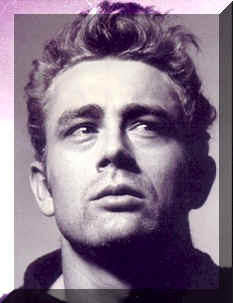
The Hippie subculture was originally a youth movement that began in the United States during the early 1960s and spread around the world, The word hippie derives from hipster, and was initially used to describe beatniks who had moved into San Francisco's Haight-Ashbury district. These people inherited the countercultural values of the Beat generation, created their own communities, listened to psychedelic rock, embraced the sexual revolution, and used drugs such as cannabis and LSD to explore alternative states of consciousness.
In 1967, the Human Be-In in San Francisco popularized hippie culture, leading to the legendary Summer of Love on the West Coast of the United States, and the 1969 Woodstock Festival on the East Coast. In Mexico, the jipitecas formed La Onda Chicana and gathered at "Avándaro", while in New Zealand, nomadic housetruckers practiced alternative lifestyles and promoted sustainable energy at Nambassa. In the United Kingdom, mobile "peace convoys" of New age travellers made summer pilgrimages to free music festivals at Stonehenge.
Hippie fashions and values had a major effect on culture, influencing popular music, television, film, literature, and the arts. Since the 1960s, many aspects of hippie culture have been assimilated by the mainstream. The religious and cultural diversity espoused by the hippies has gained widespread acceptance, and Eastern philosophy and spiritual concepts have reached a wide audience. The hippie legacy can be observed in contemporary culture in a myriad of forms—from health food, to music festivals, to contemporary sexual mores, and even to the cyberspace revolution.
Contents
1 Etymology
2 History
2.1 Early hippies (1960–1966)
2.2 Summer of Love (1967)
2.3 Revolution (1968–1969)
2.4 Aftershocks (1970–present)
3 Ethos and characteristics
3.1 Politics
3.2 Drugs
3.3 Travel
4 Legacy
5 Notes
6 References
7 Further reading and resources
//


1 comment:
Thanks for sharing this post.
INDIA'S LARGEST BUS TICKET RESERVATION SYSTEM
Online Travel Portal
Online Bus Ticket booking
Low Cost Air Tickets Online Booking
Online Hotel Reservations
Holiday Packages India
mobile Bus Ticketing
Online bus Ticket Booking API
flight Booking API
Post a Comment